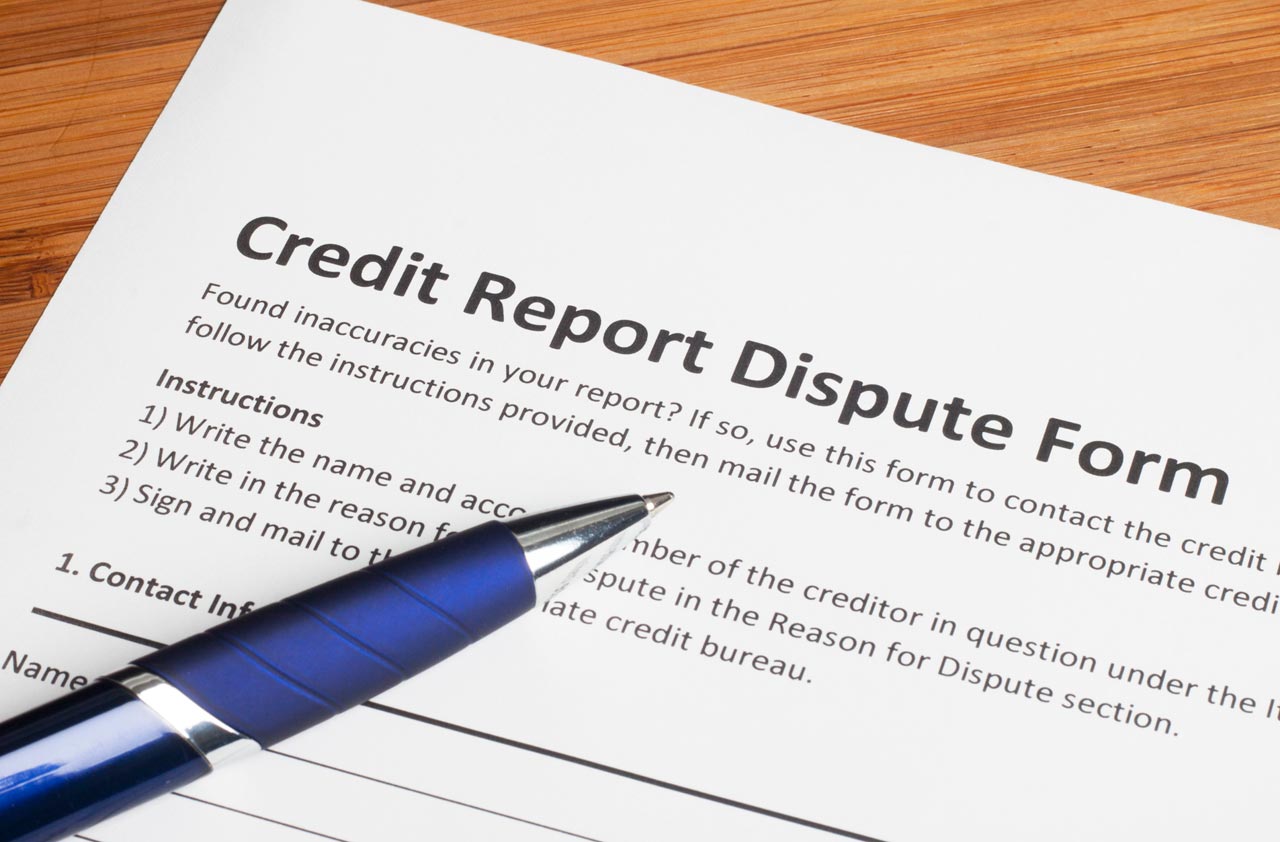What You Need to Know About the Thrift Savings Plan
As the federal government becomes a good source of jobs, more people are likely to be introduced to this retirement-savings account for federal employees.

I invested in my former employer's 401(k) plan for years, then lost my job. I now work for the federal government and have the opportunity to invest in the Thrift Savings Plan. How does this plan work, and can I roll my 401(k) money into it?
The Thrift Savings Plan is a lot like a 401(k) for federal employees and members of the military, and many more people are likely to be introduced to it over the next year or so, as the federal government becomes a good source of new jobs in this economy.
As with a 401(k), your contributions to the TSP lower your taxable income and grow tax-deferred until retirement. Many federal employees get an employer match (it generally depends on the retirement system you belong to), although most members of the military do not. The contribution limits are similar to those in a 401(k) -- you can contribute up to $16,500 to the Thrift Savings Plan in 2009, plus an extra $5,500 in catch-up contributions if you're 50 or older. (Members of the military who are deployed can contribute all of their tax-exempt combat-zone pay, as long as their total contributions for the year don't exceed $49,000). You'll generally have to pay a 10% penalty - as you would with a 401(k) -- if you leave your job before age 55 and withdraw the money (there is an exception for eligible military reservists called to duty for more than 179 days).

Sign up for Kiplinger’s Free E-Newsletters
Profit and prosper with the best of expert advice on investing, taxes, retirement, personal finance and more - straight to your e-mail.
Profit and prosper with the best of expert advice - straight to your e-mail.
You can roll your 401(k) money into the Thrift Savings Plan, which may be a good idea because it has incredibly low fees (18 cents to 19 cents a year for every $1,000 invested for most of the funds, which equals just $18 or $19 a year in investment-management fees on a $100,000 portfolio). Pre-tax money in a traditional IRA, 403(b) or 457 can also be rolled into the TSP.
Instead of providing a selection of well-known funds, the TSP offers five index funds, including ones that invests in large companies (called the C fund), small companies (S fund), international firms (I fund), fixed- income investments (F fund) and government securities (G fund).
Or you can opt for one of the Lifecycle funds, which builds a diversified portfolio of the other funds to match your retirement time horizon. A Lifecycle fund (called an L fund) starts out with more money invested in stock funds -- when you have many years before you plan to touch the money - then gradually become more conservative as your goals get closer. The fund automatically adjusts the investments every quarter, so you don't need to make any changes. You should pick the Lifecycle fund with a target date closest to when you plan to start withdrawing the money. Visit the L funds page at TSP.gov to see how the allocation becomes more conservative as time passes.
Visit the "Returns and Share Prices" page of the Thrift Savings Plan Web site for each fund's returns. See the "TSP Fund Information Sheets" for details about each fund.
You can keep the money in the TSP after you leave your federal job to benefit from the low fees, or you can roll over the money into an IRA or a new employer's 401(k), 403(b) or 457. You must start taking required minimum distributions from the TSP after you turn 70 ½ or the year you leave federal service, whichever is later (the minimum-distribution requirement was waived for 2009, just as it was for IRAs and 401(k)s). For details about the TSP withdrawal requirements, see "Important Tax Information About Your TSP Withdrawal and Required Minimum Distributions."
For more information about the TSP, click on "Forms and Publications" on the TSP.gov page, then "Publications," then "Booklets," then "Summary of the Thrift Savings Plan."
Get Kiplinger Today newsletter — free
Profit and prosper with the best of Kiplinger's advice on investing, taxes, retirement, personal finance and much more. Delivered daily. Enter your email in the box and click Sign Me Up.

As the "Ask Kim" columnist for Kiplinger's Personal Finance, Lankford receives hundreds of personal finance questions from readers every month. She is the author of Rescue Your Financial Life (McGraw-Hill, 2003), The Insurance Maze: How You Can Save Money on Insurance -- and Still Get the Coverage You Need (Kaplan, 2006), Kiplinger's Ask Kim for Money Smart Solutions (Kaplan, 2007) and The Kiplinger/BBB Personal Finance Guide for Military Families. She is frequently featured as a financial expert on television and radio, including NBC's Today Show, CNN, CNBC and National Public Radio.
-
 When Should You Hand Over the Keys — to Your Investments?
When Should You Hand Over the Keys — to Your Investments?The secret to retirement planning? "The best time to hand over the keys is before you’ve realized you need to hand over the keys."
By Maurie Backman
-
 A checklist for high-net-worth individuals looking to maintain and grow their wealth.
A checklist for high-net-worth individuals looking to maintain and grow their wealth.A strategic guide to managing, preserving, and expanding your wealth for long-term financial security.
By Dori Zinn
-
 Credit Report Error? They All Matter
Credit Report Error? They All Mattercredit & debt Don't dismiss a minor error. It could be the sign of something more serious.
By Kimberly Lankford
-
 Insurance for a Learning Driver
Insurance for a Learning Driverinsurance Adding a teen driver to your plan will raise premiums, but there are things you can do to help reduce them.
By Kimberly Lankford
-
 529 Plans Aren’t Just for Kids
529 Plans Aren’t Just for Kids529 Plans You don’t have to be college-age to use the money tax-free, but there are stipulations.
By Kimberly Lankford
-
 When to Transfer Ownership of a Custodial Account
When to Transfer Ownership of a Custodial Accountsavings Before your child turns 18, you should check with your broker about the account's age of majority and termination.
By Kimberly Lankford
-
 Borrowers Get More Time to Repay 401(k) Loans
Borrowers Get More Time to Repay 401(k) Loansretirement If you leave your job while you have an outstanding 401(k) loan, Uncle Sam now gives you extra time to repay it -- thanks to the new tax law.
By Kimberly Lankford
-
 When It Pays to Buy Travel Insurance
When It Pays to Buy Travel InsuranceTravel Investing in travel insurance can help recover some costs when your vacation gets ruined by a natural disaster, medical emergency or other catastrophe.
By Kimberly Lankford
-
 What Travel Insurance Covers When Planes Are Grounded
What Travel Insurance Covers When Planes Are GroundedTravel Your travel insurance might help with some costs if your trip was delayed because of the recent grounding of Boeing 737 Max planes.
By Kimberly Lankford
-
 Ways to Spend Your Flexible Spending Account Money by March 15 Deadline
Ways to Spend Your Flexible Spending Account Money by March 15 Deadlinespending Many workers will be hitting the drugstore in the next few days to use up leftover flexible spending account money from 2018 so they don’t lose it.
By Kimberly Lankford